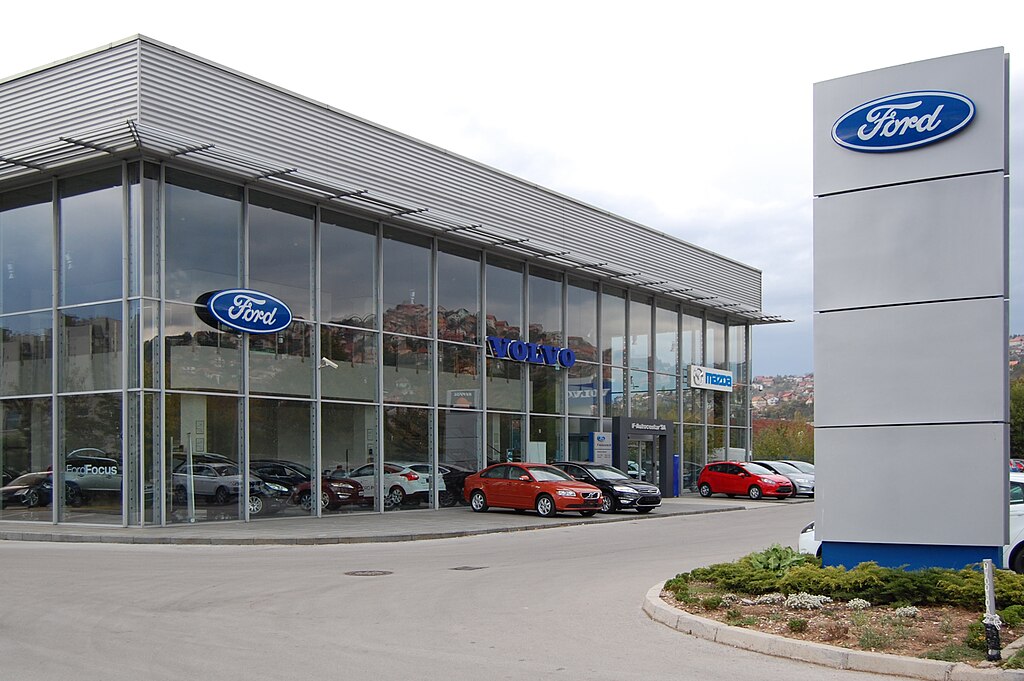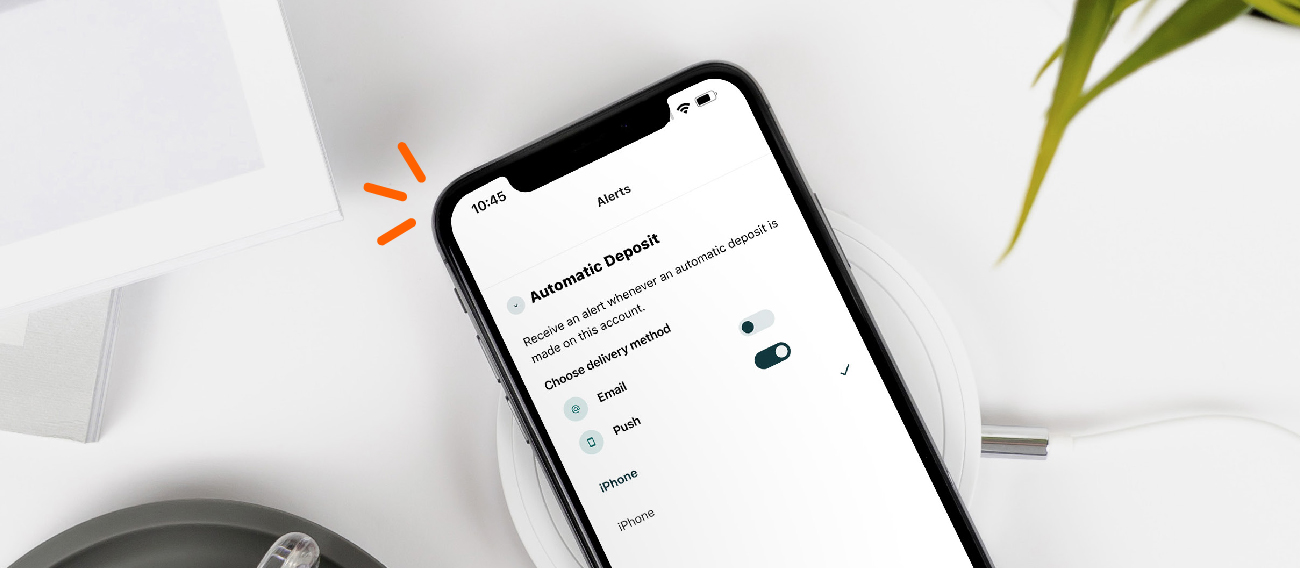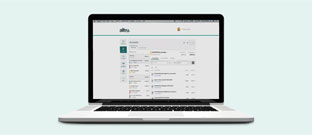If you’re a first-time car shopper, you’re likely ready to head to the dealership and start test driving a few vehicles. When you arrive, you might be in for a surprise because of the amount of jargon or terminology you are unfamiliar with or don’t fully understand. Prep yourself before you head to the dealership with some car shopping lingo review. This is not a comprehensive list but is a great baseline for understanding car shopping lingo.
Also, consider taking a trusted friend or family member to the dealership with you. Two pairs of ears are better than one. Plus, they might understand some of the language more thoroughly than you, and that’s ok!

APR – The Annual Percentage Rate, or APR, is the interest rate of the auto loan. When you take out a loan, you pay interest of the amount borrowed. This makes the institution some money since you borrowed significantly more from them. The APR is expressed as a percentage rate.
Auto Loan – An auto loan is a specific type of loan shoppers use to pay for a car. Auto loans are financed through the dealership or from a financial institution (like Alltru!). The APR of an auto loan is typically lower at a credit union than at the dealership or a bank. If you are considering buying a car, talk to us about our low rates.
Blue Book Value – The Blue Book value comes from the third-party price advisor Kelley Blue Book. While new cars are typically have the same price, Kelley Blue Book will review the pros and cons of a particular vehicle and give it a Blue Book value, or how much they view the car is actually worth.
Car Title – A car title is issued by the Department of Motor Vehicles. This document proves that you are the owner of a vehicle. Each car has its own title.
Co-signer – A Co-signer is an individual that signs an auto loan and car title with you. You might need a co-signer if you have poor or no credit. The co-signer is also responsible with you for paying the loan payments each month. Adding a co-signer with high credit can grant you a lower APR.
CPO – CPO stands for Certified Pre-Owned. As the acronym implies, a CPO car has been previously owned. A vehicle becomes certified if it meets certain inspection and diagnostics standards when it is sold to a dealership.
Dealership – A dealership is a business that sells new or used cars. Dealerships that sell new cars from a particular manufacturer often have financing and maintenance services at the location.
Documentation Fee – A documentation fee is a fee that the shopper pays for as a charge for the dealership processing different documents needed to trade-in or buy a vehicle. Often, shoppers can negotiate the cost of the documentation fee.
Down Payment – A down payment is a sum of money that the car shopper owes at the time of making the purchase. Whatever is not covered by the down payment is covered by the auto loan. A good rule of thumb is to make a down payment of 20% for a new car and 10% for a used car.
Extended Warranty – An extended warranty is an additional warranty that a shopper can purchase that goes above and beyond the factory warranty. This usually protects the vehicle for additional mileage or years a car is owned, though other types of coverage can be purchased too. Check out Alltru’s Auto Loan Protection.
Factory Warranty – A factory warranty is a warranty from the manufacturer that covers basic repairs of the vehicle within a certain time frame or amount of mileage. They typically range from 3-5 years or 36,000-60,000 miles. Factory warranties vary from model to model.
Interest – Interest is a simpler word for APR. Interest is the amount of additional money you pay toward an auto loan each month in addition to the principal.
Lease – A lease is a long-term contract that allows the lessee to use a car without owning it. A lessee makes monthly payments toward the vehicle like with an auto loan, but the monthly payments are typically lower. At the end of the term, the lessee either then purchases the vehicle or returns it to the dealer.
Loan Term – A loan term is the amount of time the car owner has to pay off the auto loan. Loan terms usually increase in 12-month intervals. At Alltru, our loan terms are 36, 48, 60, 72, and up to 84 months. The APR usually increases with a longer loan term.
Make – The make of a car is the name of the manufacturer that produced the vehicle. Examples include Ford, Chevrolet, Honda, Toyota, Jeep, and Mazda. Car dealerships often have a couple makes on their lots.
Model – A model of a car is the specific name. Models vary from manufacturer to manufacturer but are usually comparable. For example, a Honda CR-V is similar to a Toyota RAV4.
Model Year – A model year is the year that a particular model receives interior and/or exterior updates. The model year is usually the next calendar year. For example, the 2025 Nissan Kicks will be available to purchase in 2024.
MPG – MPG stands for miles per gallon. This is how far a vehicle can typically drive with one mile of gas. MPGs come in pairs to note the mileage that it can get on a highway versus on a city road.
MSRP – MSRP means Manufacturer’s Suggested Retail Price. The MSRP appears on the window sticker. The MSRP does not vary across dealerships selling the same car. Car shoppers can negotiate what they are willing to pay starting with the MSRP.
Preapproval – Car shoppers can get approval for their auto loans before they go to the dealership to negotiate a price. Many use their preapproval as leverage to get a better price for the car they want to buy. Alltru auto loans can be preapproved usually within a business day.
Principal – The principal is the amount of money you are receiving through an auto loan. When you make monthly payments on your loan, you pay toward the principal and interest.
Salesperson – A salesperson is the individual that works directly with you when you want to purchase a vehicle at a dealership. Salespeople usually earn their pay from commission, so every car they sell means some amount of money goes to their paycheck.
Trade-In Value – The trade-in value is how much money you receive for a car that you sell to a dealership. You can put this money toward purchasing another car or pocket it if you don’t want to buy another car at the time.
Trim Level – A trim level notes the features that come in a particular car model. For example, a 2024 Jeep Compass has the trim levels of Sport, Latitude, Latitude Lux, Limited, and Trailhawk.
VIN – A Vehicle Identification Number is unique to every car. This number appears on your car title to confirm that the vehicle belongs to you, and not another vehicle with the same make, model, and trim.
Now that you understand the jargon a little better, you are more equipped to understand what your salesperson is talking about, or what they’re trying to talk you into. Don’t sweat! You have the knowledge you need to make the best purchase for you. Happy shopping!







